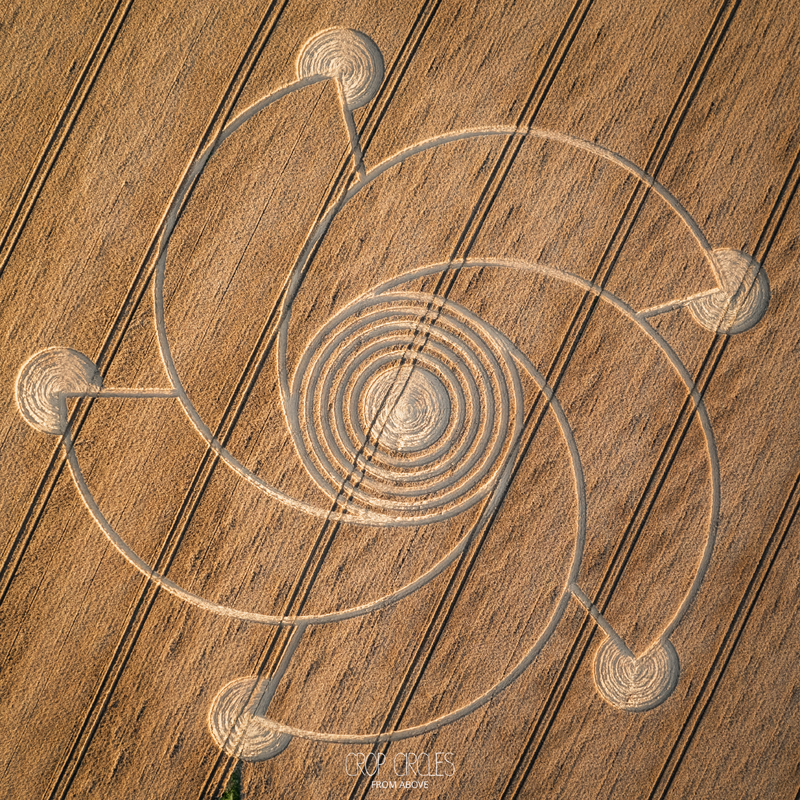Hi dax .. getting to you lol ..
daxwc wrote:Thanks Fletcher great SIM and analysis. I do have a question though.
Are you getting better a recognising RB torque lock up in designs before you SIM build? Or is it something you see after? It is something I really struggle with.
Might seem like a dumb question, who would go through all that time to build a SIM knowing failure is coming.
I usually recognize it straight away, so no need to sim or do a mock-up build etc .. tho I don't consider it "RB torque lock-up" - I consider it "no torque condition" - I'll explain a little more later tho jb did a very good job ..
daxwc wrote:My question wasn’t about every wheel design but a certain specific one. It was about recognising the RB lock up that looks like overbalance. Anybody can say every wheel won’t run because laws say it can’t run and of course they got all that history on their side. I would take those odds too.
If Einstein believed all laws of his time we wouldn’t have special relativity today.
So true - there must be a mechanical workaround to the usual problems - first we need to identify and understand the problems before solving them ..
daxwc wrote:Don’t get me wrong it is not that I think the laws are all wrong. It might just be we need a very special case of factors.
It might be we can harvest earth’s rotation while being on it if certain conditions are met.
Or gravity is not conservative if an exact sequence is followed. For example in freefall from the same frame of reference the freefall is curved to an outside observer. But what if getting the freefall the shortest distance route makes a difference.
** COM and COG are effectively the same point in a wheel, so either term is interchangeable for our purposes - COG usually means the vertical line that the wheel is balanced at (i.e. it keels at/position of lowest PE), and this usually applies to a single horizontal axle arrangement (one Center Of Rotation - COR) - however a box on the ground may not have its COM and COG in the middle and it still can not rotate - it has torque but no method to express that torque (turning force) into movement (it can't lose PE any further) - in the case of the Ramelli's and RB's etc there is no torque because torque only exists when rotation can be induced in a direction that allows a NET PE loss .. that can't happen in the Ramelli or RB's etc - same mass goes down as goes up i.e. no net change in system COM GPE !
In the other sims I did based on vprojects split axles etc we have exactly the same problem - the geometry of the track following means that at any time there is no NET PE loss (therefore NO torque) - if you look closely you will see that the sims geometry controls the speed of the SW-wt as it moves up and downwards - so that NET PE is always the same ..
Something can only turn towards the keeling position IF it can lose NET COM/GPE ..
As Tarsier and jb said .. gravity force is a constant acceleration - it does not vary for all intents and purposes ..
Therefore we either have to add an acceleration when the weights are falling so they fall faster (Wolff's theory), or we have to lift a weight for less than standard energy (f x d) cost (that'd be breaking the Law of Levers) .. or ..
We have to rope in some hitherto unrecognized for its potential replenishable external energy source to do either job, as has been discussed many times .. and when I say "energy" I also mean aka "momentum" source as I have previously discussed ..




